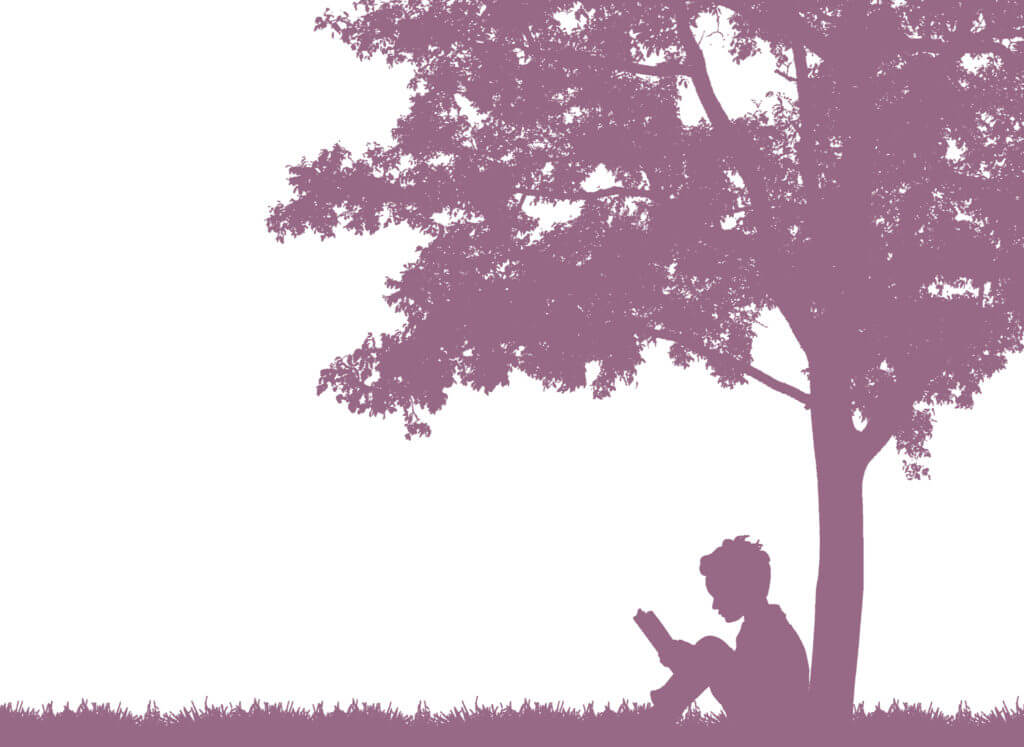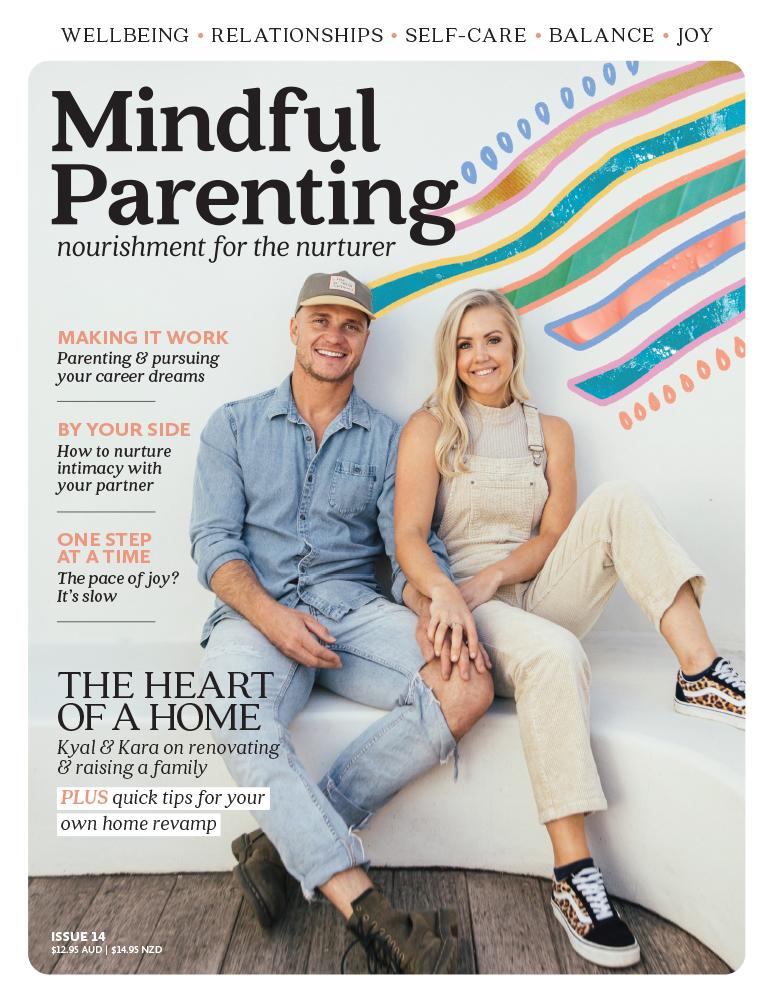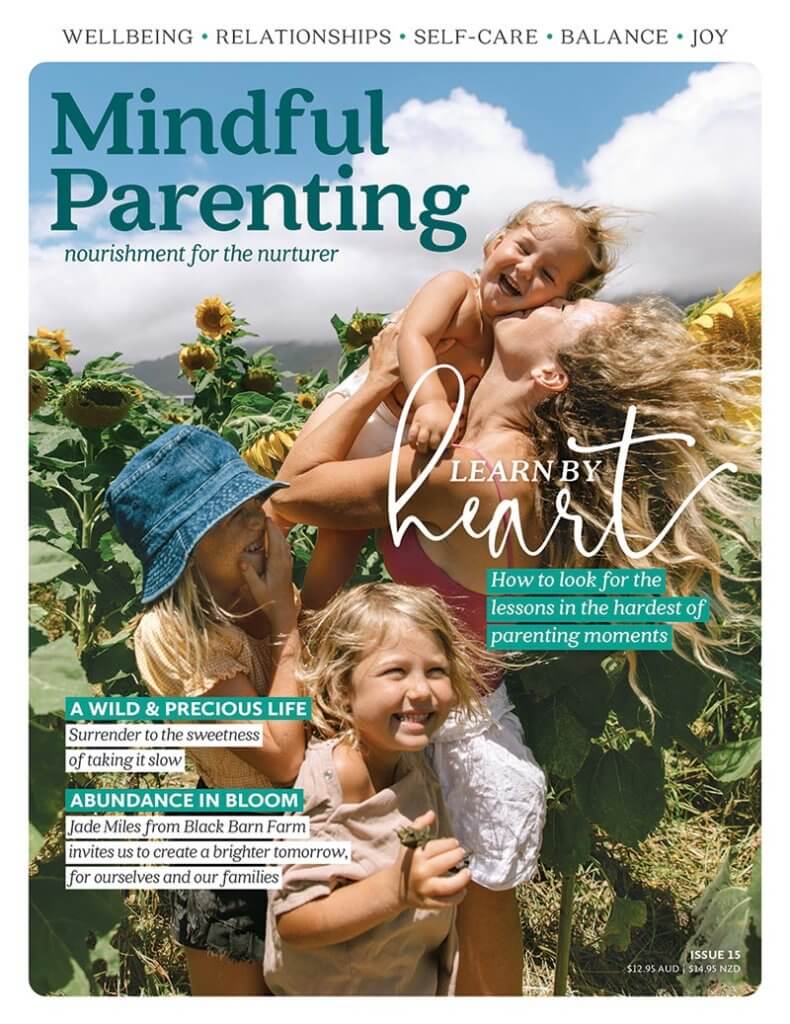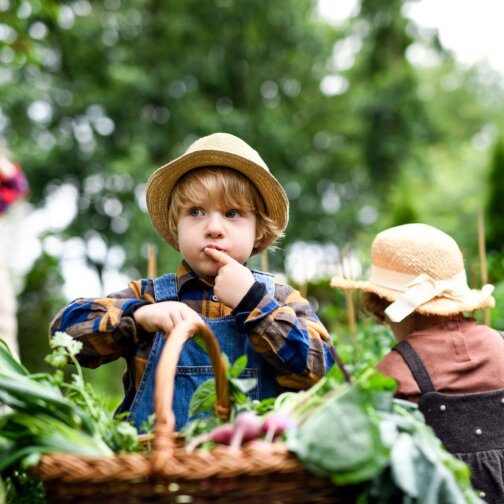
Shared storytelling is about much more than its educational benefits.
“Reading aloud to your kids is about more than just increasing their confidence and abilities. It’s about having a special time you’ve set aside for them at the end of the day where you can connect.” – Dr Allison Greenland
If your childhood included stories read aloud by a loving caregiver, you likely couldn’t wait to recreate the experience with your own children. However, like many aspects of parenting, the reality often differs from our expectations. At the end of a long day of adulting at breakneck speed, finding the magic on the page is sometimes harder than it seems.
Storytelling connects you with your children
The benefits of shared storytelling are well documented: books are to the mind what vegetables are to the body. An advanced vocabulary, heightened empathy and better listening skills are just a few of the perks linked with reading aloud to your kids. But by putting the emphasis on achieving these aims – instead of mindfully enjoying the experience – it can end up feeling like another parental chore.
It’s a tale that children’s book author Michelle Worthington knows all too well. “It felt like just another thing I had to tick off the to-do list. I was treating books like vegetables. We read because it was good for them, but I was missing the whole point of storytelling.”
It wasn’t until she began publishing picture books herself that Michelle reconnected with the purpose of bedtime stories, and found the experience transformed. “It just really clicked for me that it wasn’t so much about the reading. It was about the connection books provide between you and your kids.”
Be in the moment when reading to your kids
Dr Allison Greenland – literacy expert and founder of Leap into Literacy – advises parents who are struggling to stay in the moment to try switch the focus of story time. “Reading aloud to your kids is about more than just increasing their confidence and abilities. It’s about having a special time you’ve set aside for them at the end of the day where you can connect.”
Changing her approach to bedtime reading allowed Worthington to have conversations with her sons that they were reluctant to engage in during daylight hours. Books strengthened their bond by creating opportunities for her boys to use the themes or events in the stories to open up to her about their own lives. “Bedtime storytelling has now become a ritual in our home about opening up to one another at the end of a busy day. It’s no longer about the books,” she says.

Find different ways to tell stories
If your child is a reluctant reader, it may be helpful to think beyond the printed page when it comes to storytelling. Listening to an audiobook together, reading a newspaper, or looking through a comic book are all ways to explore storytelling – and each one still has the added benefit of aiding reading comprehension, according to Dr Allison.
“We don’t all fit the same mould and enjoy the same things. In fact, one in ten kids prefer to read non-fiction over fiction,” she says. By allowing them to explore genres and media, you’ll uncover what they most enjoy. The key, Dr Allison says, is to engage with topics your child shows an interest in and ask them questions that gauge their comprehension. “You can ask what they think about a certain character or subject, or get them to make a prediction in the story based on what they think will happen.”
Tips for creating a bedtime story ritual for every age group:
Babies and Toddlers: Use the five senses to make story time as interactive as possible. Feel free to use puppets, props and other visual tools; use different textures to touch or rustle them and hear the different sounds they make; bring in something related to the story to smell (such as a flower if you are reading about one); or even tie in something yummy to eat related to the story.
Children: Remember that children are sometimes auditory rather than visual learners. Try to listen to an audiobook as an alternative to reading aloud or having your child read to you, or possibly watch a few minutes of the movie clip related to a scene that you have read together to help children to ‘visualise’ even more of what they’ve read.
Pre-teens and Adolescents: Pre-teens and teens like to feel in control of the material they choose to read, so why not enjoy reading that with them? Who says you can’t read a page from a favourite magazine together, or a comic book, or a book based on a video game? This is also a good time to find some of your personal favourites from when you were their age and share them together.























